The genome sequence of the Eurasian minnow, Phoxinus phoxinus (Linnaeus, 1758)
(2024)
Journal Article
Nunn, A. D., Moccetti, P., & Hänfling, B. (in press). The genome sequence of the Eurasian minnow, Phoxinus phoxinus (Linnaeus, 1758). Wellcome Open Research, 9, Article 504. https://doi.org/10.12688/wellcomeopenres.22867.1
We present a genome assembly from an individual female Phoxinus phoxinus (the Eurasian minnow; Chordata; Actinopteri; Cypriniformes; Leuciscidae). The genome sequence spans 950.50 megabases. Most of the assembly is scaffolded into 25 chromosomal pseu... Read More about The genome sequence of the Eurasian minnow, Phoxinus phoxinus (Linnaeus, 1758).
